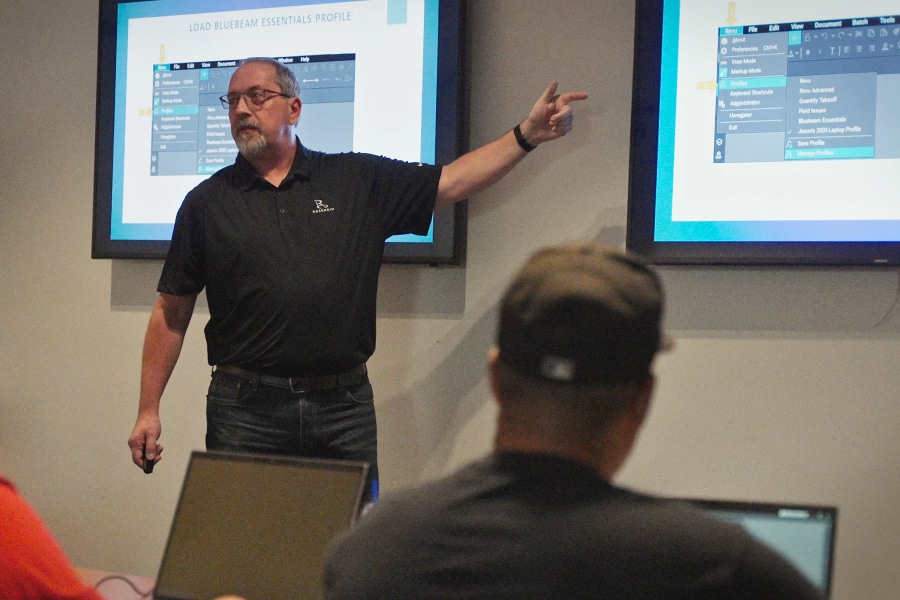A takeoff in construction is effectively a list of all the materials that will be required to complete a particular building project, along with an estimate of the amount of those materials which will be needed to finish the job.
The takeoff exercise is usually completed by the contractor or sub-contractor who is going to be working on the scheme.
Knowing how much material to use on a construction project is vital. A ‘takeoff’ list sets out the volumes of bricks, the lengths of steel, the amount of glass, etc., that a building is likely to require to be completed.
Provided with drawings for a proposed scheme, a cost consultant—often a chartered surveyor—will draw up a list of the materials that will be needed to complete the building.
This is known as the “takeoff list,” also called an “estimating takeoff” or a “material estimate.”
A takeoff comprises listing everything material-related that is likely to go into the project. From this, an idea of the number, length, volume and weight of items, together with an estimated timeframe for the job, can be determined.
Bills of Quantities (BOQ) in Construction
This information then leads to bills of quantities, also known sometimes as an unpriced bill of quantities, which is a document issued to companies tendering for a construction job.
These firms will then draw up an estimate for each item, and the priced bill of quantities constitutes the tenderer’s offer. It is effectively the unpriced bill of quantities, but with the tenderer’s rates, costs and totals added.
In the UK, best practice on how to prepare bills of quantities is spelled out by the Royal Institution of Chartered Surveyors (RICS) in its document, “New Rules of Measurement 2: Detailed measurement for building works.”
The RICS says its rules “address all aspects of bill of quantities’ production, including setting out the information required from the employer and other construction consultants to enable a bill of quantities to be prepared, as well as dealing with the quantification of non-measurable work items, contractor designed works and risks.”
The document also offers guidance on the content, structure and format of bill of quantities, as well as their benefits and uses.
Bills of quantities tend to be used in larger projects, with smaller ones being assessed by a contractor using drawings or schedules of works. A schedule of works is an alternative to a bill of quantities and can be prepared by a designer to cover building works and fixing schedules for things like doors, windows and so on.
Manual or Digital?
Material estimates have traditionally been done by hand, using plans for a scheme and estimating how much material—bricks, steel girder, pipework, etc.—will be needed to complete the job.
Such manual takeoffs often involve measuring a blueprint to get the required dimensions. But even on relatively straightforward jobs, there is the potential to make a mistake when taking measurements.
Increasingly, digital technology is being used to both speed up the process and deliver greater accuracy. Plans can be uploaded to a takeoff construction software package, such as Bluebeam Revu for takeoffs, allowing the user to take measurements more easily.
However, the market in quantity takeoff apps is crowded, and for some estimators performing takeoffs to bid on a new project means using multiple apps, or expensive takeoff software that uses file formats that cannot be shared easily.
Tracking In Real Time
Using Bluebeam Revu, measurements can be added directly onto PDF drawings, with data tracked in real time, while assessed quantities can be linked directly to Excel to create a more accurate and comprehensive tender.
Carrying out material estimates in PDF, which is a universal file format, means measurement data can be accessed by other teams throughout the entire project.












